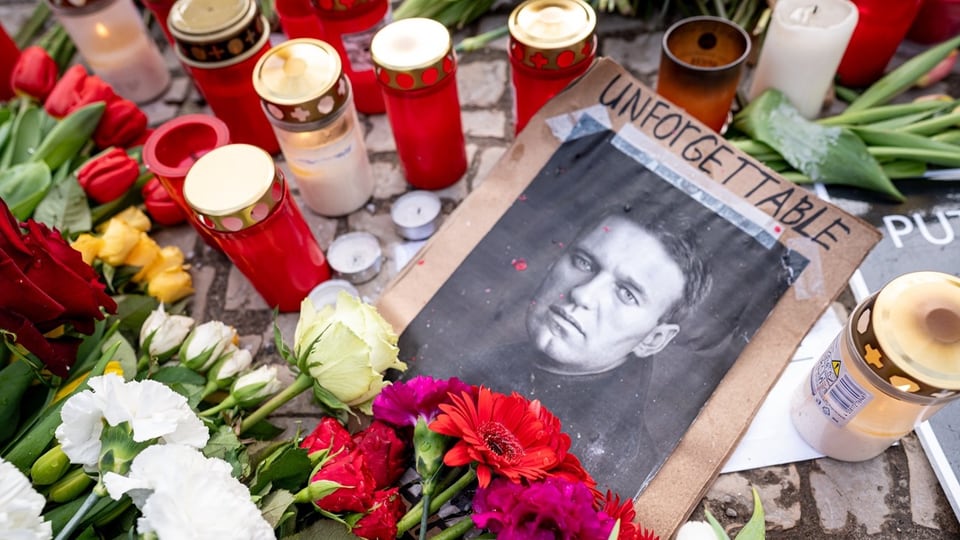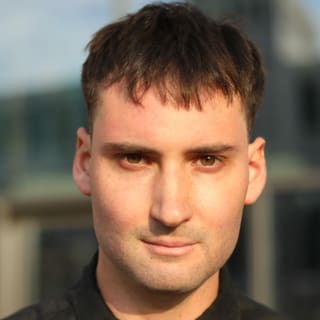There is great sympathy after the death of Russian opposition leader Alexei Navalny. People all over the world came together to remember him. The power apparatus in Russia took rigorous action and arrested hundreds of demonstrators. Why this harshness towards mourners – and could Navalny’s death lead to movement in the opposition? SRF Russia correspondent Calum MacKenzie classifies.
Who are these people who mourn Navalny despite repression?
Navalny’s supporters are not a majority in Russia. But he had a network that was present in almost every region in Russia. He often inspired young people. In addition, many opposition members outside his network are mourning. Navalny was seen as the figure in the opposition who was most likely to win over the masses in Russia. Many Kremlin opponents had hoped that he would play a major role in a future Russia. He stood for the transition to democracy because he had the best chance of convincing the electorate of a different Russia. That hope died with him.
Why is the Kremlin cracking down so hard on the mourners?
The expressions of mourning are after all for a man who was considered an extremist in Russia. His death in prison is the result of the Kremlin wanting to do something about his attraction. Putin has always tried to downplay Navalny’s importance. He never spoke his name and tried to convey that no one paid any attention to him. The state media also only reports briefly about a convicted criminal who died in custody. Apparently they don’t want to tolerate his supporters becoming visible after his death – especially a month before the presidential elections.

Legend:
There is great international consternation after Navalny’s death. Flowers and pictures of the Kremlin critic lie in front of the Russian embassy in Berlin. (02/17/2024)
KEYSTONE/DPA/Fabian Sommer
Will Navalny’s death bring movement to the Russian opposition?
I don’t think these spontaneous expressions of grief will turn into anything bigger. It is only a small number of people who dared to take to the streets. It is Navalny’s tragedy that he returned to Russia after being poisoned. Because he believed that as long as he was in Russia, he could encourage people to protest from prison. But the repression increased sharply after his return – since the beginning of the war against Ukraine anyway. Even Navalny’s death failed to spark any real protests in Russia.
Do we know more about the circumstances of Navalny’s death?
Navalny’s family says they have received an official letter confirming his death. But explanations of the cause of death are contradictory. On Friday, state media reported that he died of a blood clot or a pulmonary embolism. Today his mother and lawyer were told the cause of death was “sudden death syndrome.” It was later said that the cause of death had not yet been determined and a new investigation would take until next week.
Where could Navalny’s body be?
Navalny’s mother traveled to the morgue in Salekhard, near the prison camp, to identify the dead man. When they arrived, however, they said that Navalny’s body wasn’t there. It will still be examined and then released. It is still unclear where the body is. Navalny’s supporters suspect that traces are being removed from his body that indicate the true cause of death. Or that his body will never be released so that his grave could not become a place of pilgrimage.
